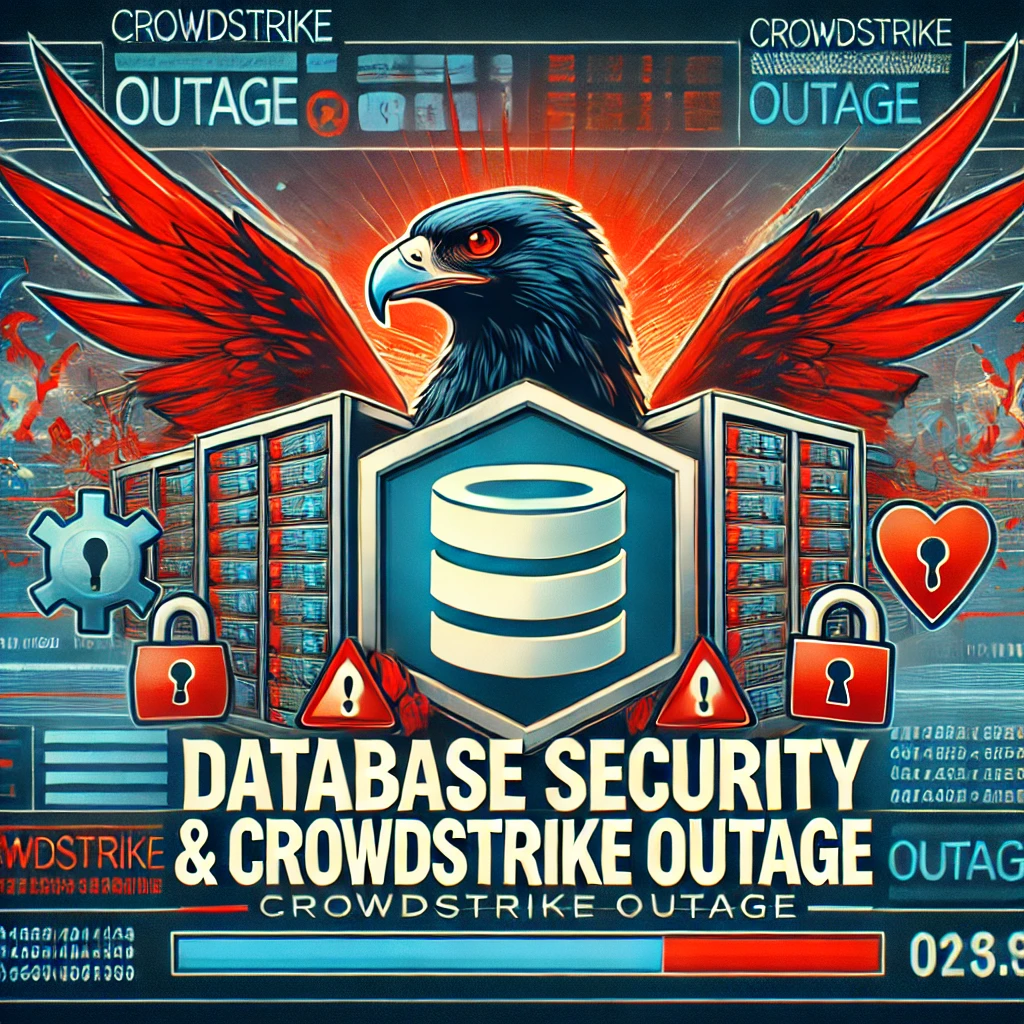Opinion
Crowdstrike Lessons as a Database Administrator
Written By : Godwin Izekor
TOPIC: Crowdstrike Lessons as a Database Administrator
The recent CrowdStrike outage that disrupted operations across major firms worldwide, including mine, has shed light on the critical vulnerabilities that organizations face when core security systems fail. CrowdStrike, known for its cloud-delivered endpoint protection and security services, encountered a significant service disruption, causing widespread downtime and affecting business operations globally. This outage not only crippled essential security measures but also exposed firms to potential cyber threats during the period of vulnerability. As firms rely heavily on robust cybersecurity solutions, this incident highlights the importance of having multiple layers of security and reliable fallback systems in place to minimize disruption and maintain operational continuity.
As a seasoned Database Administrator (DBA), I’ve witnessed firsthand the impact such outages can have on business-critical data environments. It is imperative to build resilience into database systems to mitigate the effects of unexpected downtimes. Implementing disaster recovery strategies like Always On Availability Groups or database mirroring allows rapid failover to secondary replicas in the event of a system failure. Additionally, leveraging cloud-based backups and geo-redundant storage ensures that data can be quickly recovered from different regions, reducing downtime and minimizing data loss. Ensuring that these solutions are tested regularly can help establish a near-instantaneous switchover during outages.
In light of this CrowdStrike incident, it is crucial to fortify databases with comprehensive security measures. Employing encryption technologies like Transparent Data Encryption (TDE) and Always Encrypted safeguards sensitive data, even in the event of a security breach. Setting up SQL Server auditing and monitoring through tools like Redgate or SolarWinds Database Performance Analyzer ensures that any suspicious activity is detected early. Furthermore, role-based access control and regular patching are vital in reducing vulnerabilities that could be exploited during system downtimes or outages.
The ability to quickly restore customer-facing systems after an outage is essential for maintaining trust and business continuity. Leveraging automation and orchestration tools like PowerShell, along with robust incident response plans, allows for quick system restoration and seamless customer communication. By automating the failover process and having predefined runbooks, we can bring systems back online within minutes, reducing the overall impact on users. Using cloud platforms like Azure or AWS also helps in spinning up backup systems, enabling rapid response.
Ultimately, the CrowdStrike outage serves as a reminder that while technology is vital, ensuring operational resilience requires a collaborative approach that involves both security and database teams. Investing in comprehensive monitoring, implementing strong disaster recovery protocols, and ensuring constant communication channels with customers can mitigate the impact of future outages. Through careful planning and technical preparedness, we can minimize downtime, protect critical data, and swiftly restore customer confidence.



You must be logged in to post a comment Login